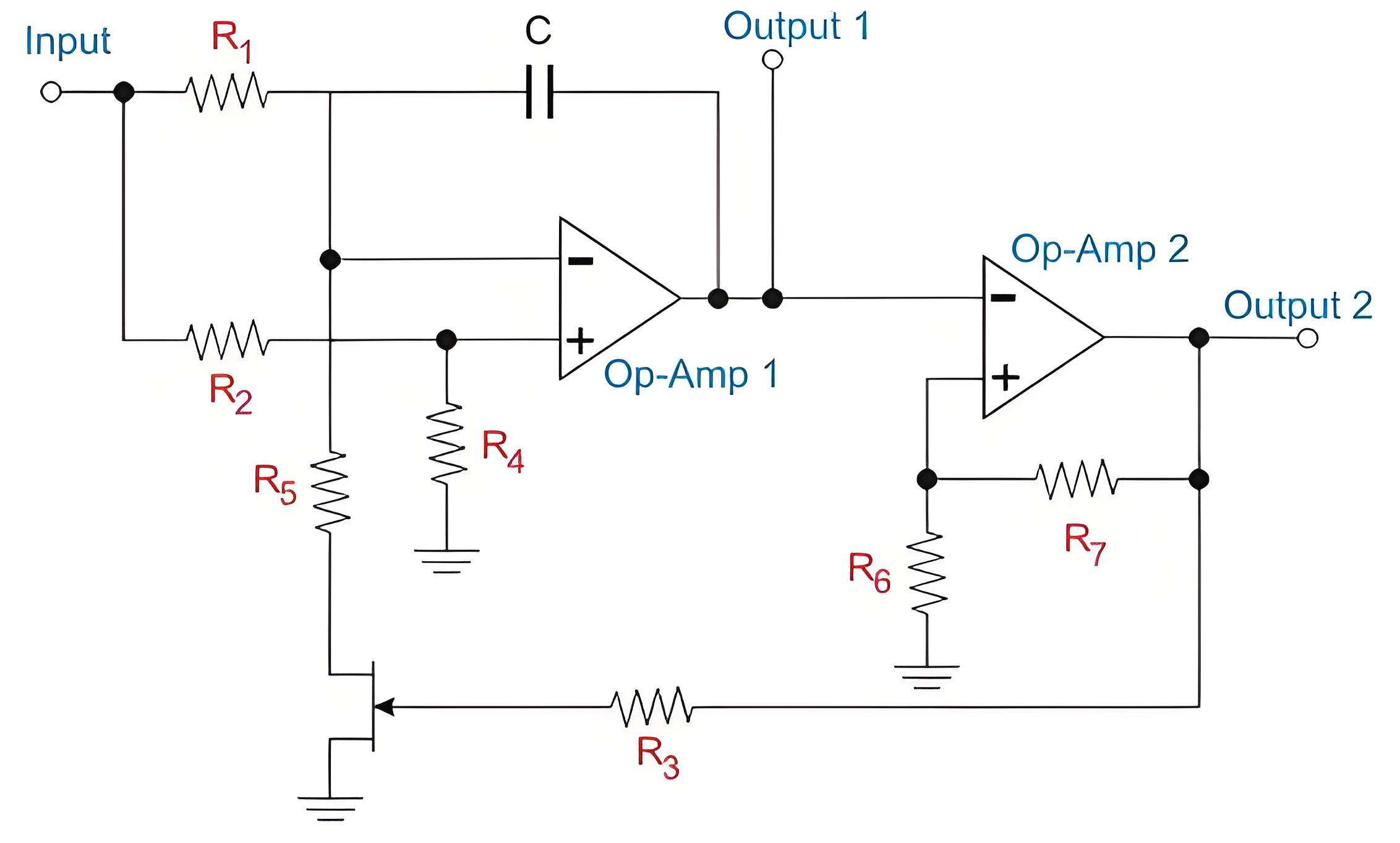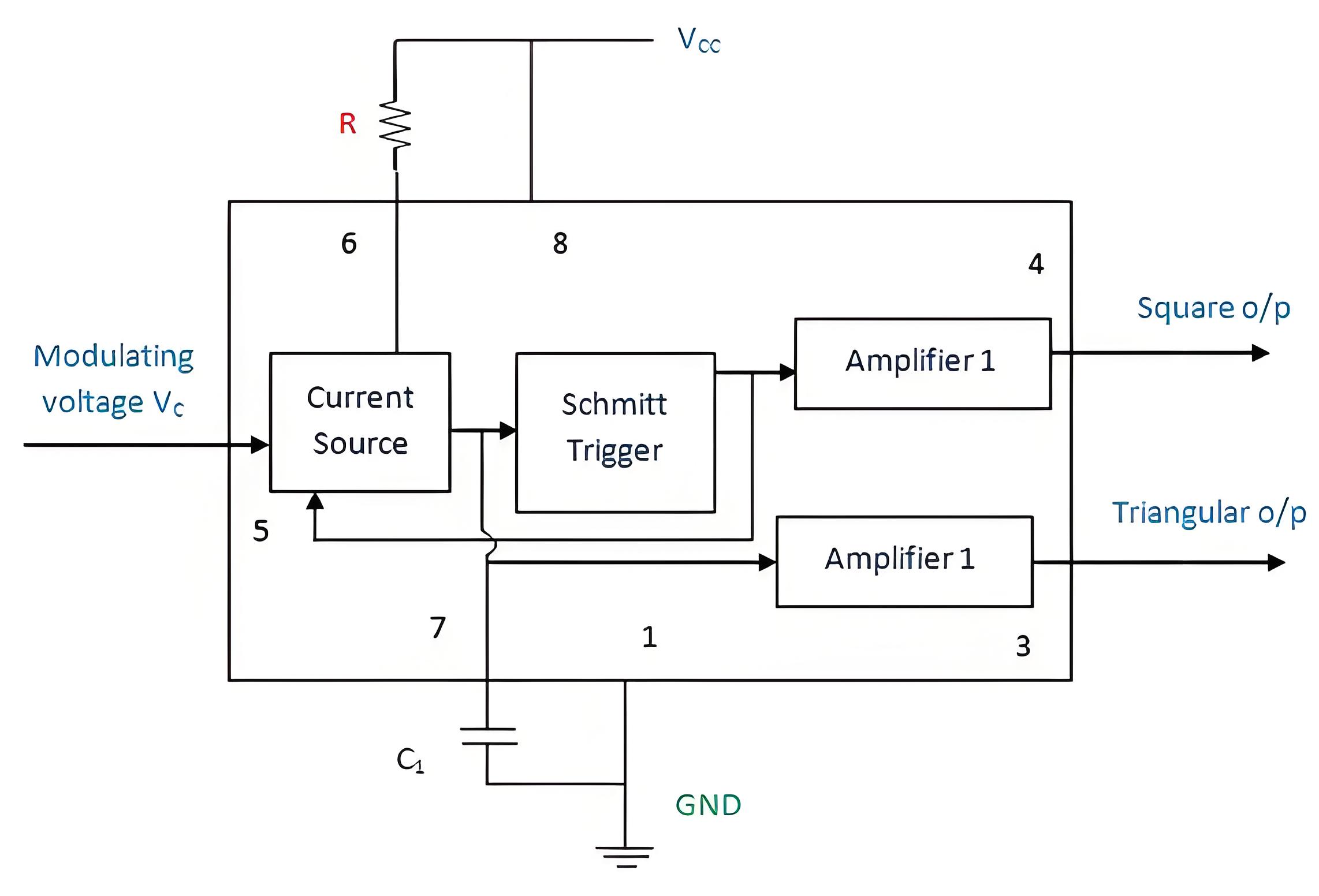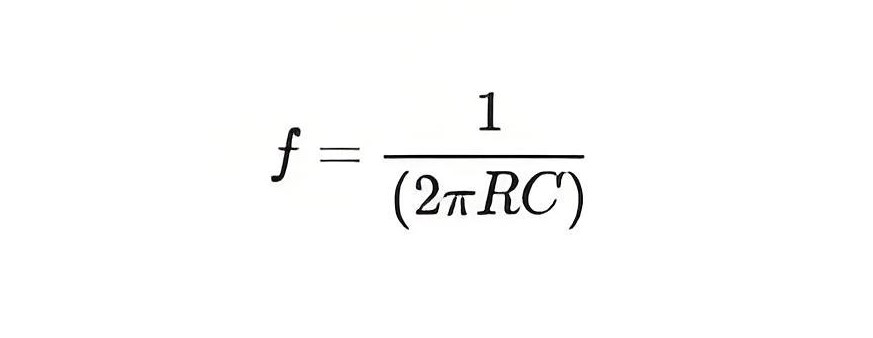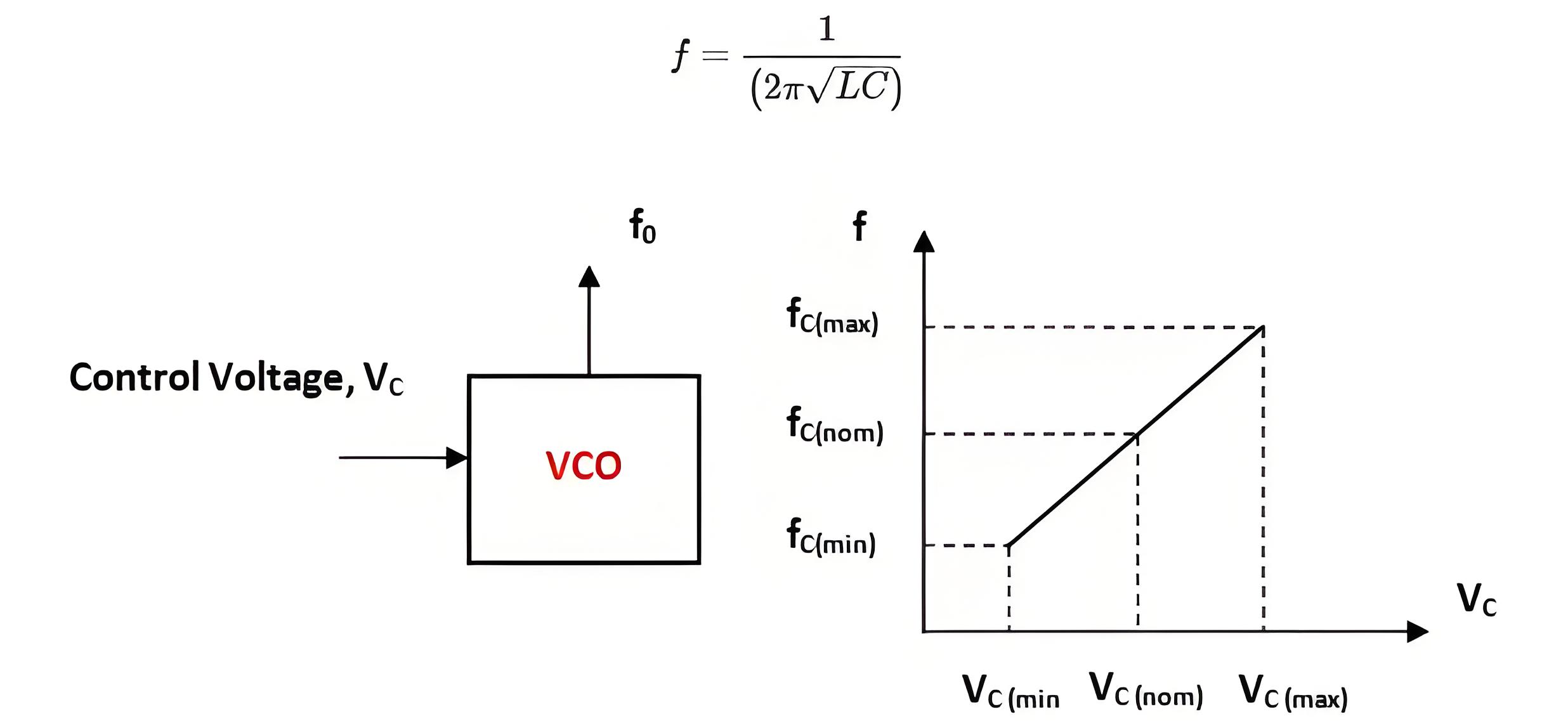What is Voltage Controlled Oscillator?
What is Voltage Controlled Oscillator?
Voltage Controlled Oscillator Definition
A voltage controlled oscillator (VCO) is defined as an oscillator whose output frequency is controlled by an input voltage.
Working Principle
VCO circuits can be designed by means of many voltage control electronic components such as varactor diodes, transistors, Op-amps etc. Here, we are going to discuss about the working of a VCO using Op-amps. The circuit diagram is shown below.
The output waveform of this VCO will be square wave. As we know the output frequency is related to the control voltage. In this circuit the first Op-amp will function as an integrator. The voltage divider arrangement is implemented here.
Because of this, the half of the control voltage that is given as input is given to the positive terminal of the Op-amp 1. The same level of voltage is maintained at the negative terminal. This is to sustain the voltage drop across the resistor, R 1

When the MOSFET is in on condition, the current flowing from the R1 resistor passes through the MOSFET. The R2 have half the resistance, same voltage drop and twice the current as that of R1. So, the extra current charges the connected capacitor. The Op-amp 1 should provide a gradually increasing output voltage to supply this current.
When the MOSFET is in off condition, the current flowing from the R1 resistor passes through the capacitor, get discharged. The output voltage obtained from the Op-amp 1 at this time will be falling. As a result, a triangular waveform is generated as the output of Op-amp 1.
The second Op-amp functions as a Schmitt trigger. It takes the triangular wave from the first Op-amp as input. If this input voltage exceeds the threshold level, the output of the second Op-amp will be VCC. If it is below the threshold, the output will be zero, resulting in a square wave output.
Example of VCO is LM566 IC or IC 566. It is in fact an 8 pin integrated circuit which can produce double outputs-square wave and triangular wave. The internal circuit is represented below.

Frequency Control in Voltage Controlled Oscillator
Many forms of VCOs are generally used. It can be of RC oscillator or multi vibrator type or LC or crystal oscillator type. However; if it is of RC oscillator type, the oscillation frequency of output signal will be in inversely proportional to capacitance as

In the case of LC oscillator, the oscillation frequency of output signal will be
So, we can say that as the input voltage or control voltage increases, the capacitance get reduced. Hence, the control voltage and frequency of oscillations are directly proportional. That is, when one increases, the other will increase.

The figure above represents the basic working of voltage controlled oscillator. Here, we can see that at nominal control voltage represented by VC(nom), the oscillator works at its free running or normal frequency, fC(nom).
As the control voltage decreases from nominal voltage, the frequency also decreases and as the nominal control voltage increases, the frequency also gets higher.
Varactors diodes, which are variable capacitance diodes available in different ranges, are used to achieve variable voltage. In low-frequency oscillators, the charging rate of capacitors is changed using a voltage controlled current source.
Types of Voltage Controlled Oscillator
Harmonic Oscillators
Relaxation Oscillators
Applications
Function generator
Phase Locked Loop
Tone generator
Frequency-shift keying
Frequency modulation
The Electricity Encyclopedia is dedicated to accelerating the dissemination and application of electricity knowledge and adding impetus to the development and innovation of the electricity industry.













